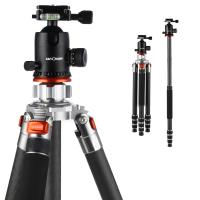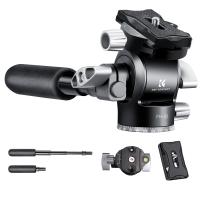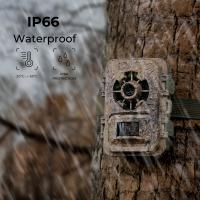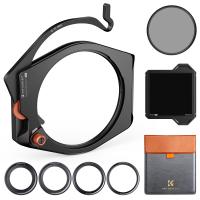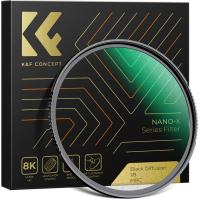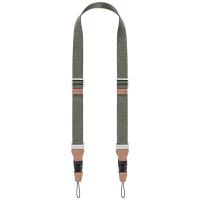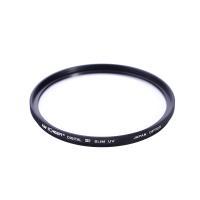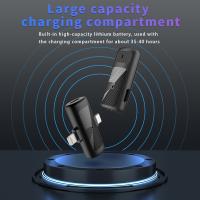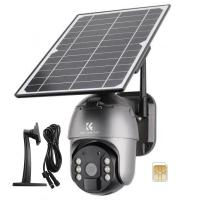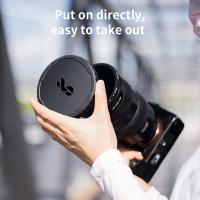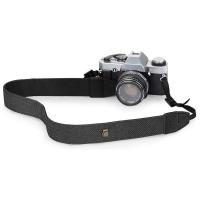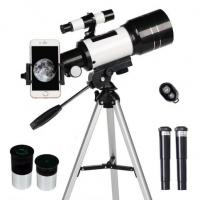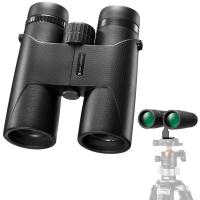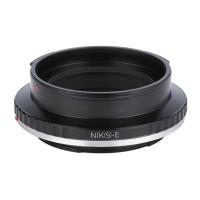Does An Underwater Camera Need A Filter?
When it comes to underwater photography, one of the most frequently asked questions is whether an underwater camera needs a filter. This question is not only common among beginners but also among seasoned photographers who are venturing into underwater photography for the first time. The answer to this question is multifaceted and depends on various factors such as the type of water, depth, lighting conditions, and the specific goals of the photographer. In this article, we will delve into the importance of filters in underwater photography, the types of filters available, and how to choose the right one for your needs.
Understanding the Role of Filters in Underwater Photography
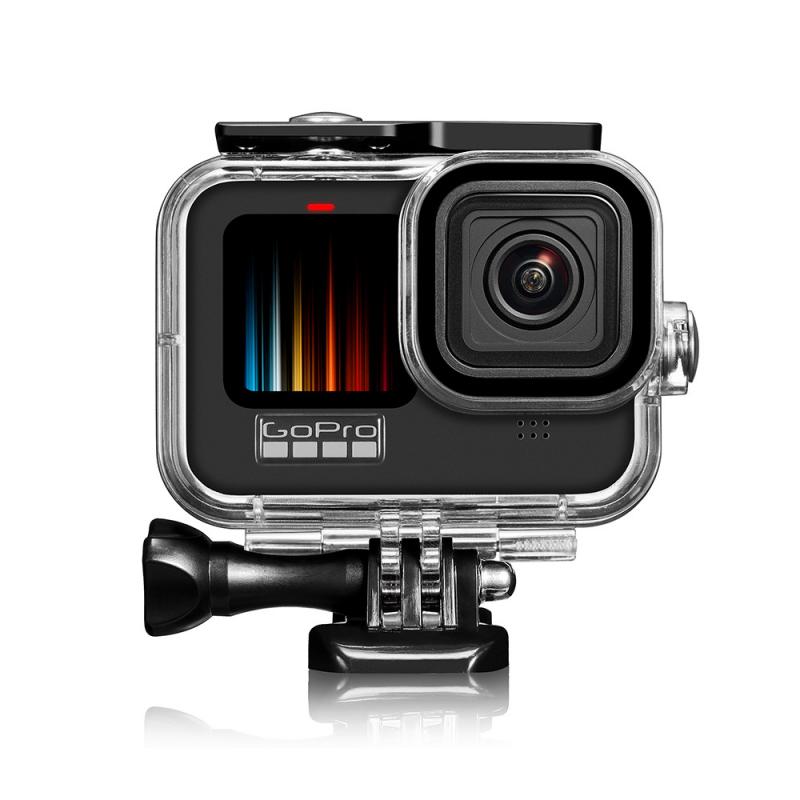
Underwater photography presents unique challenges that are not encountered in terrestrial photography. Water absorbs light differently than air, and this absorption increases with depth. The most significant issue is the loss of color and contrast. As you go deeper, colors start to disappear in a specific order: red is the first to go, followed by orange, yellow, green, and finally blue. This phenomenon can result in images that look dull and monochromatic.
Filters play a crucial role in mitigating these issues. They help in restoring the natural colors and enhancing the contrast of underwater images. By compensating for the loss of specific wavelengths of light, filters can make your underwater photos look more vibrant and true to life.
Types of Filters for Underwater Photography
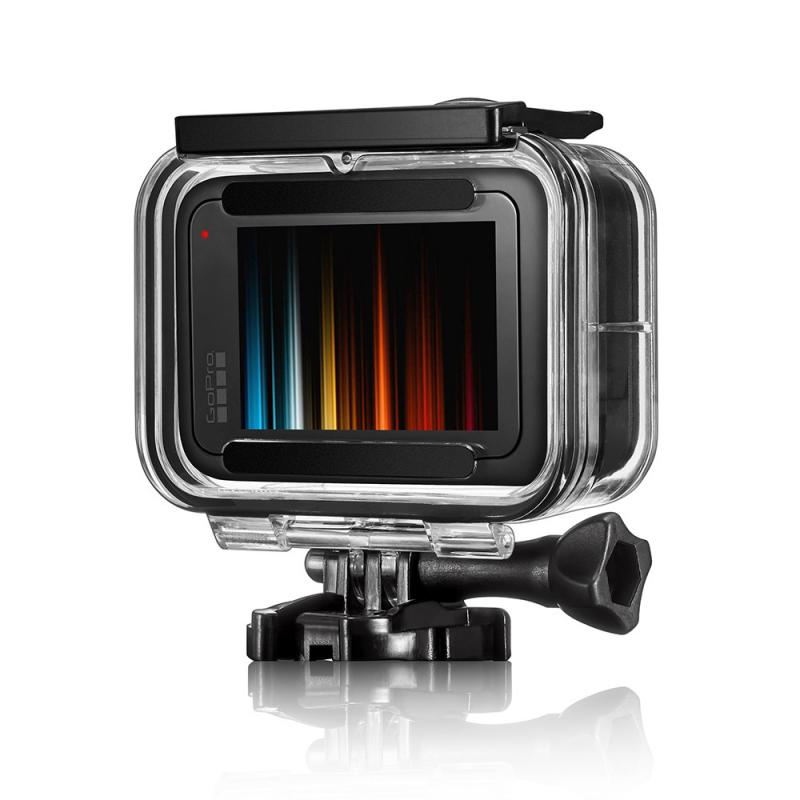
There are several types of filters that you can use for underwater photography, each serving a different purpose. Here are the most common ones:
1. Red Filters: These are the most commonly used filters in underwater photography. Red filters are designed to compensate for the loss of red light, which is the first color to disappear underwater. They are particularly useful in blue and tropical waters and are effective at depths ranging from 10 to 80 feet.
2. Magenta Filters: These filters are used in green waters, such as those found in lakes or temperate oceans. Magenta filters help to balance the green color cast and restore the natural colors of the scene.
3. Yellow Filters: Yellow filters are less common but can be useful in certain situations, such as in very shallow waters or when shooting in black and white.
4. Polarizing Filters: These filters are used to reduce reflections and glare from the water surface. They can also enhance the contrast and saturation of your images.
5. UV Filters: While not specifically designed for underwater use, UV filters can protect your camera lens from scratches and other damage.
When to Use Filters
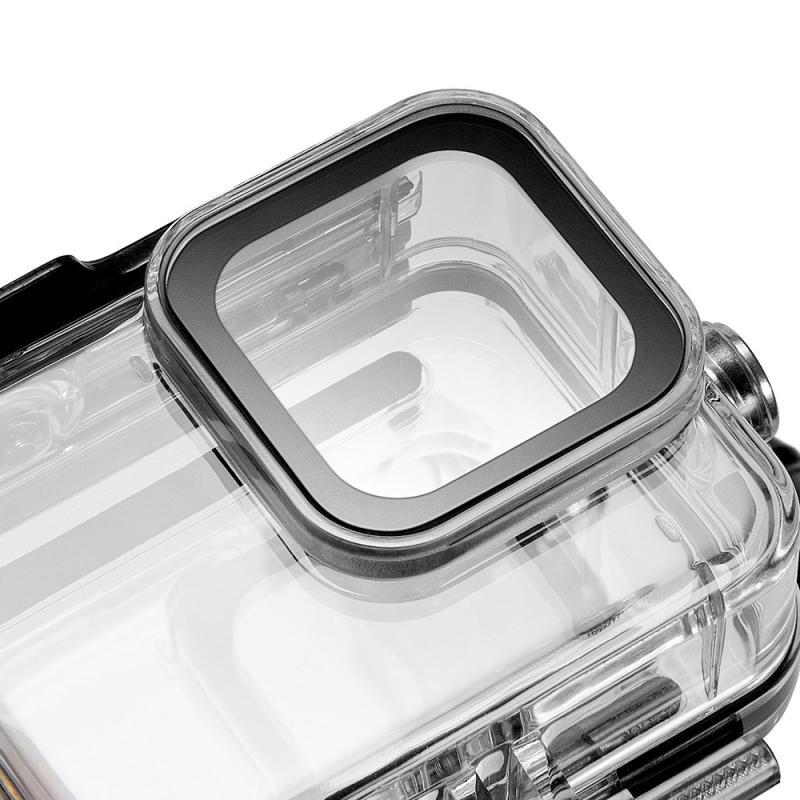
The decision to use a filter depends on several factors, including the type of water, depth, and lighting conditions. Here are some guidelines to help you decide when to use a filter:
1. Shallow Waters (0-10 feet): In very shallow waters, the natural light is usually sufficient, and the colors are not significantly affected. In such cases, you may not need a filter.
2. Moderate Depths (10-30 feet): At these depths, the loss of red light becomes noticeable. A red filter can help restore the natural colors and make your images look more vibrant.
3. Deep Waters (30-80 feet): In deeper waters, the loss of colors is more pronounced. A red filter is essential to compensate for the loss of red light. In green waters, a magenta filter may be more appropriate.
4. Artificial Lighting: If you are using artificial lighting, such as strobes or video lights, you may not need a filter. The artificial light can compensate for the loss of natural light and restore the colors.
How to Choose the Right Filter
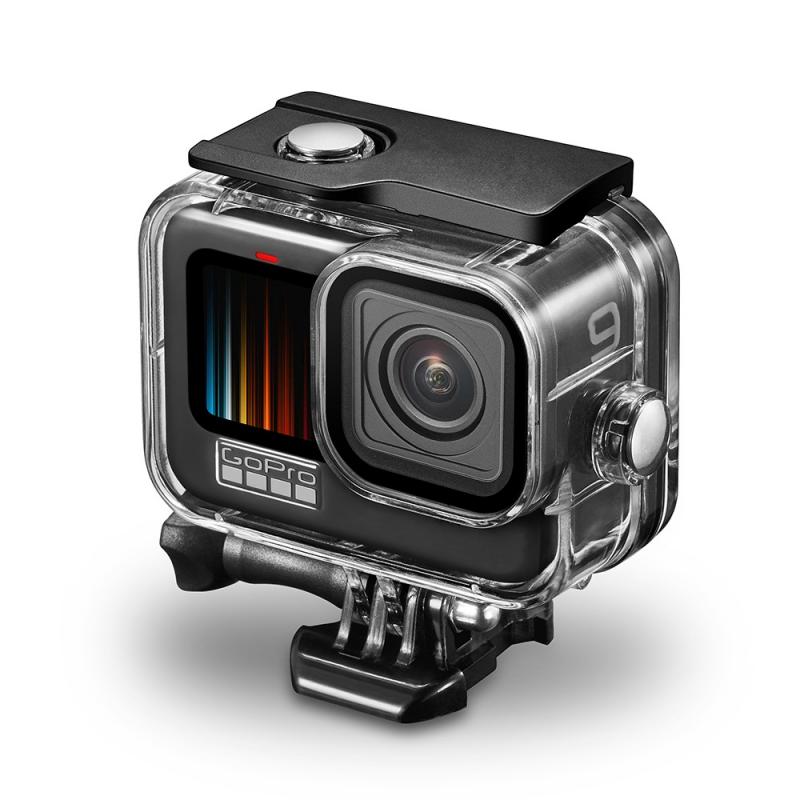
Choosing the right filter for your underwater camera depends on several factors, including the type of water, depth, and your specific goals. Here are some tips to help you make the right choice:
1. Type of Water: Determine whether you will be shooting in blue or green waters. For blue waters, a red filter is usually the best choice. For green waters, a magenta filter is more appropriate.
2. Depth: Consider the depth at which you will be shooting. For shallow waters, you may not need a filter. For moderate to deep waters, a red or magenta filter is essential.
3. Lighting Conditions: If you are using artificial lighting, you may not need a filter. However, if you are relying on natural light, a filter can help restore the colors and enhance the contrast.
4. Camera Type: Some underwater cameras come with built-in filters or have specific filter attachments. Check the specifications of your camera to see what options are available.
Practical Tips for Using Filters
Using filters in underwater photography requires some practice and experimentation. Here are some practical tips to help you get the best results:
1. Test Different Filters: Experiment with different filters to see which one works best for your specific conditions. Take test shots at different depths and lighting conditions to compare the results.
2. Adjust White Balance: Even with a filter, you may need to adjust the white balance settings on your camera to get the best results. Most underwater cameras have a custom white balance setting that allows you to fine-tune the colors.
3. Use a Filter Holder: A filter holder can make it easier to attach and remove filters. This is especially useful if you need to switch between different filters during a dive.
4. Clean Your Filters: Make sure your filters are clean and free of scratches. Dirty or scratched filters can affect the quality of your images.
5. Practice: Underwater photography requires practice and patience. Take the time to learn how to use your filters effectively and experiment with different settings and techniques.
In conclusion, filters are an essential tool in underwater photography. They help to restore the natural colors and enhance the contrast of your images, making them look more vibrant and true to life. The type of filter you need depends on various factors, including the type of water, depth, and lighting conditions. By understanding the role of filters and how to use them effectively, you can take your underwater photography to the next level. Whether you are a beginner or an experienced photographer, investing in the right filters can make a significant difference in the quality of your underwater images.

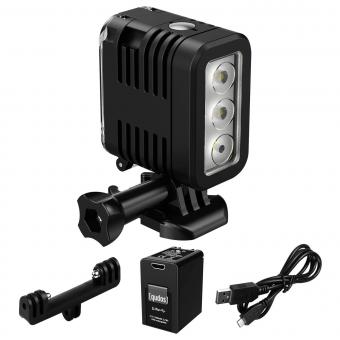
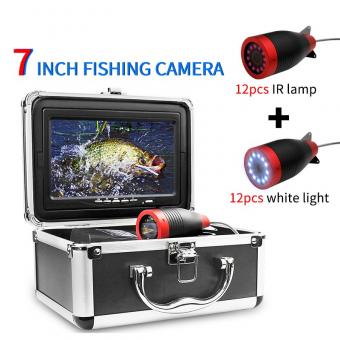
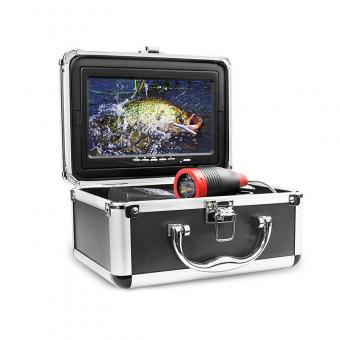

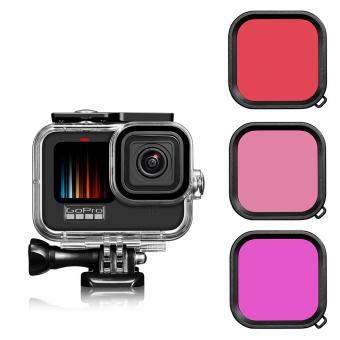
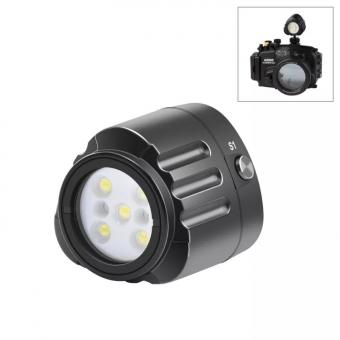
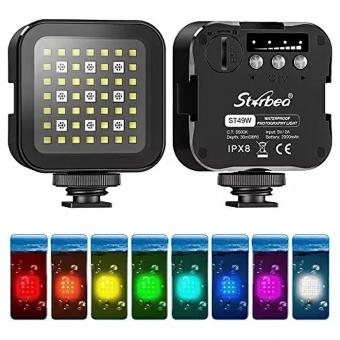
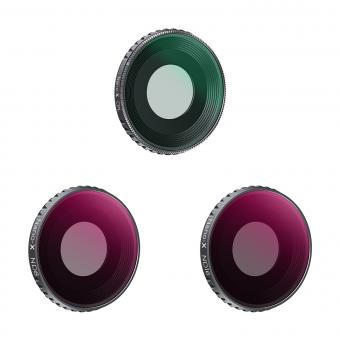
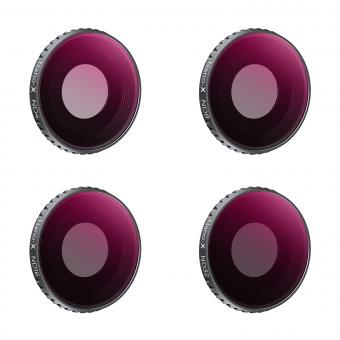
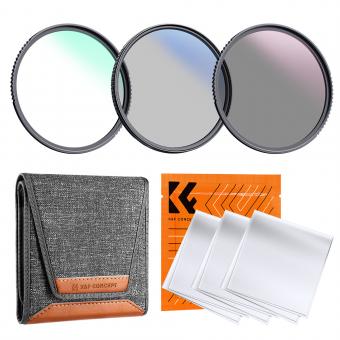



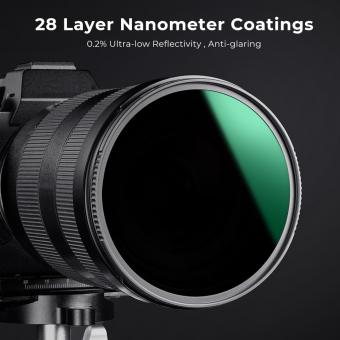
-340x340.jpg)






